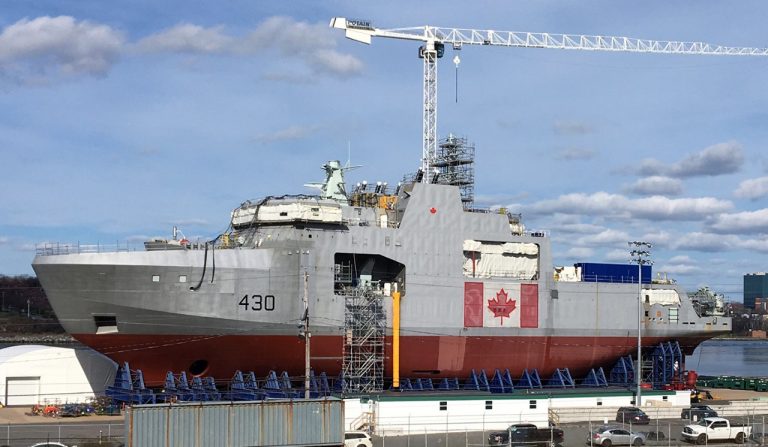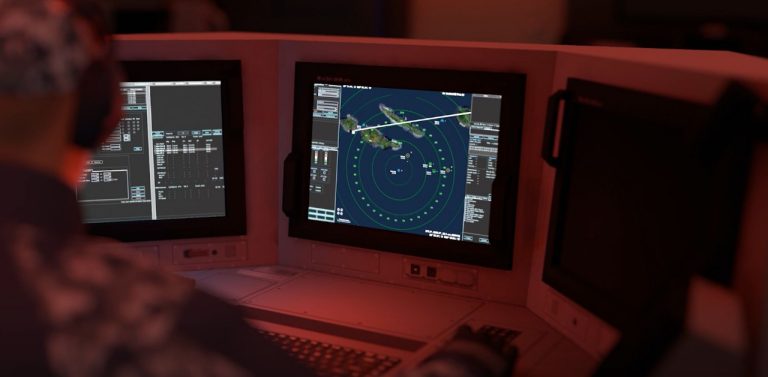Following an extensive worldwide competitive tender, Lockheed Martin Canada was selected in 2017 to be the combat systems integrator for the Chilean Navy's three Type 23 frigates, leveraging its Canadian-developed combat management system, CMS 330.
This selection builds on the longstanding relationship between Chile and Canada and the countries’ two navies. It also represents Lockheed Martin’s global scale of expertise in naval systems integration and capability to support interoperability between allied countries.
Lockheed Martin Canada is working alongside ASMAR Shipyard and DESA and executing two contracts with Chilean subcontractor DTS for the update of their ESM-RD-170 system and to support connectorization work onboard the T-23 frigates.
Bilateral collaboration across Canadian and Chilean defence and shipbuilding industries is strong, and our teams are actively forging long-term relationships with Chilean partners to deliver new capability to the Armada de Chile.
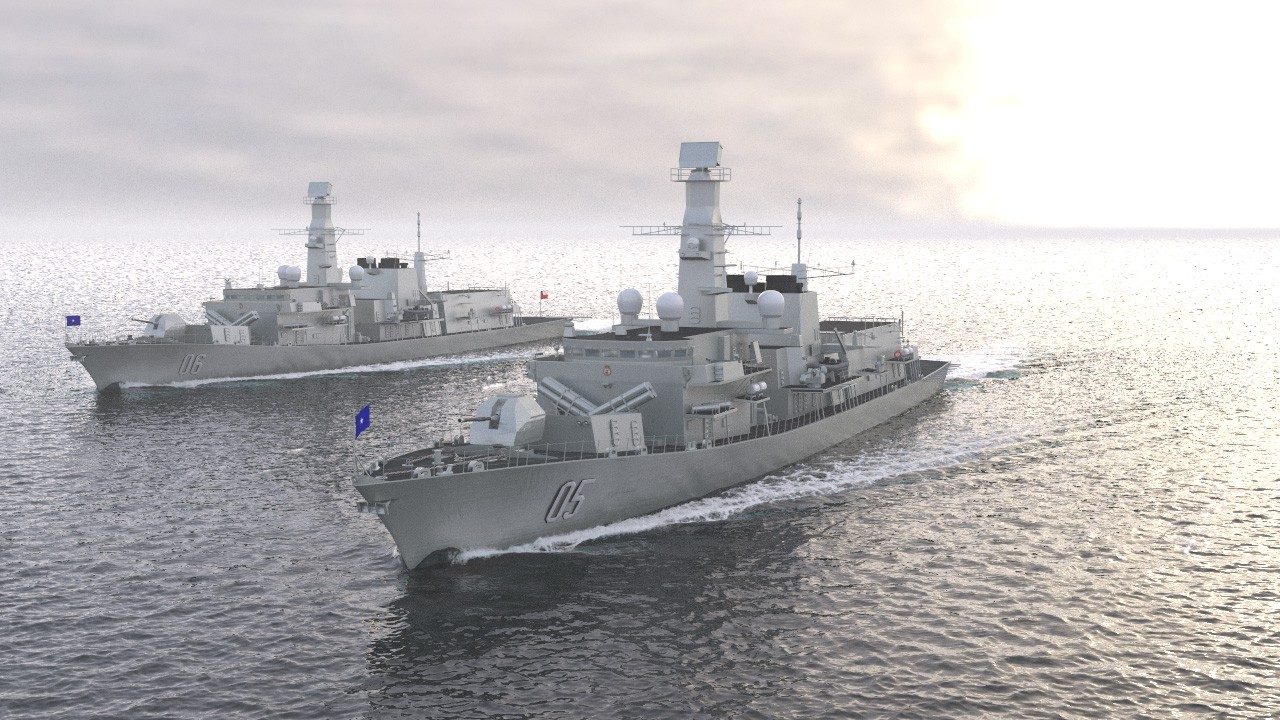
Leveraging its combat system integration methodology and expertise first established through Canada’s Halifax-Class Modernization (HCM) Project, Lockheed Martin Canada exported a highly capably and low-risk solution to Chile.
The contract is Lockheed Martin Canada’s second export sale of its Canadian developed CMS 330, which was designed as a modern, affordable product for the international market. The Armada de Chile selection in 2017 placed Lockheed Martin Canada’s CMS 330 and integration expertise on four classes of ships across three different navies. In 2019, two additional Canadian naval programs – the Joint Support Ships and the Canadian Surface Combatant – increased the number of classes to six.
This momentum propels the company’s growth strategy, validates its innovative and collaborative approach to naval combat systems integration and adds tremendous value for future international programs.
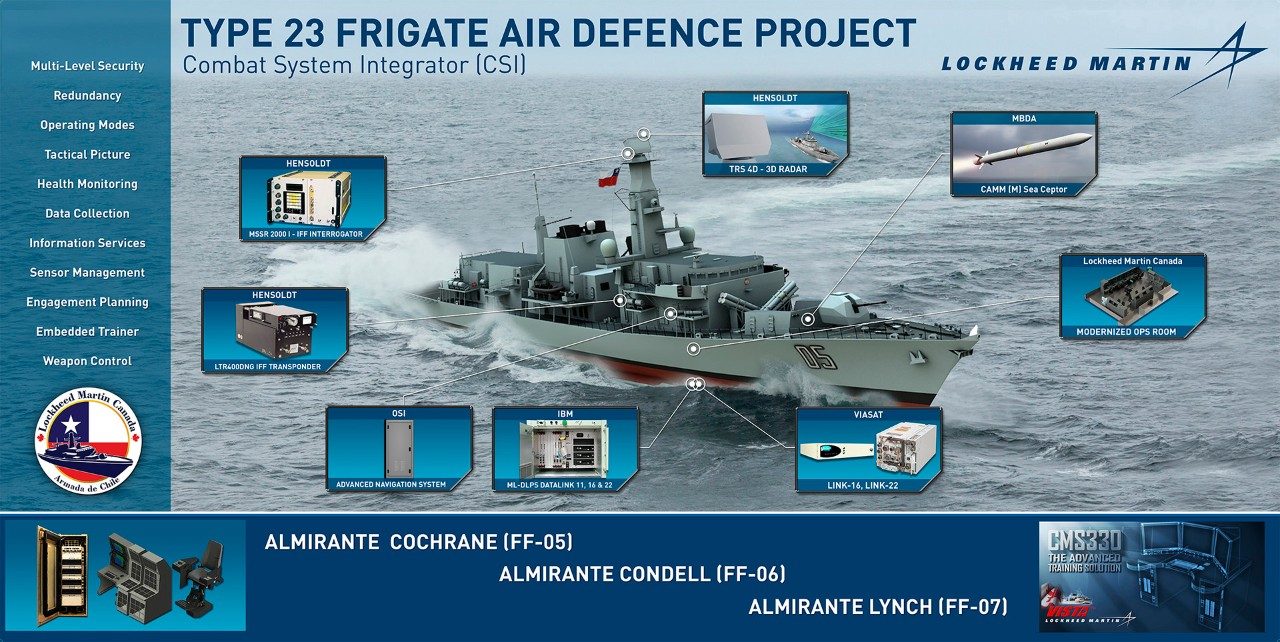
Honouring the Chilean Navy’s 200th Anniversary
The Chilean Navy was formed in 1818 by Thomas Cochrane, a British Naval Officer who was granted a contract to develop a navy based on the Royal Navy standards and fight the Spanish rule. His ships with the Chilean flag were the first to conduct naval operations in the Pacific. He sailed up to California, fighting the Spaniards and liberating the Pacific.
One of the Royal Navy's most audacious and feared commanders during the Napoleonic Wars, he went on to command the Brazilian and Greek navies, helping these countries in their fight for independence as well. The last command of Admiral Cochrane was as the Commanding Officer of the British Fleet in North America and the Caribbean. From 1848 to 1851, he was based in Halifax during the summer and Jamaica during the winter.
In Halifax, he became well known after hosting the city’s first formal ball with over 600 guests at the Royal Navy’s Admiralty House in 1848. Today, Admiralty House serves as the Naval Museum of Halifax with an extensive collection of reference materials, artifacts and exhibits tracing the Royal Navy’s presence in Halifax to the 1750s and the formation and operations of the Royal Canadian Navy from 1910 to present.
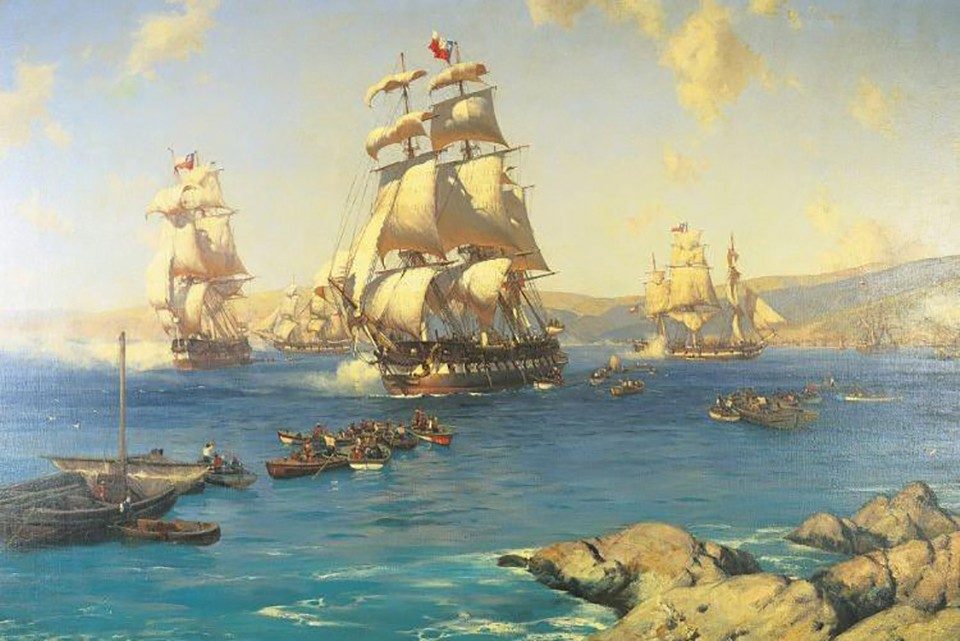
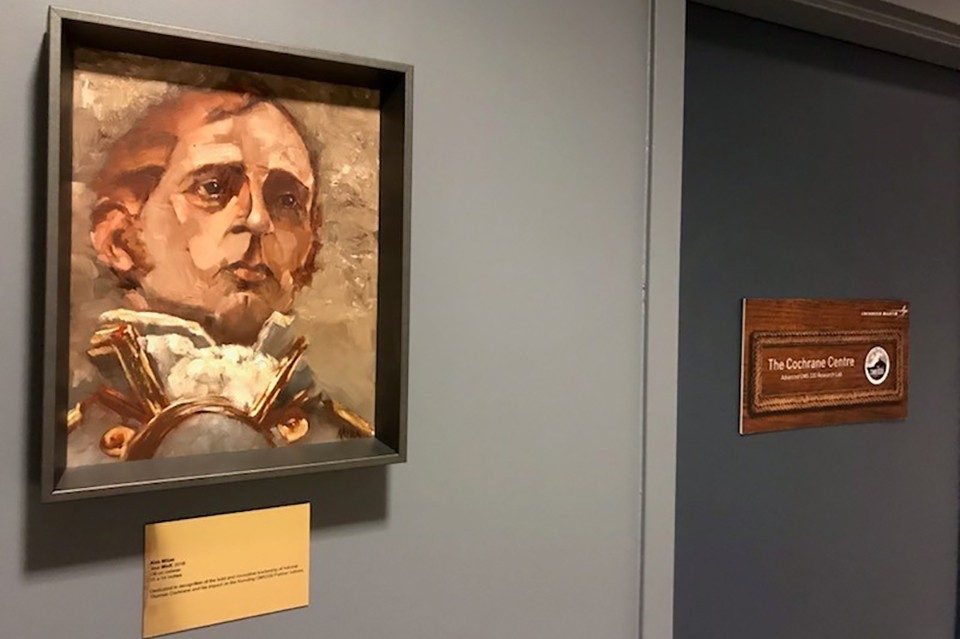
In recognition of this historical connection and in celebration of the Armada de Chile’s 200th service anniversary, Lockheed Martin Canada was pleased to unveil its new ‘Cochrane Centre’ in Halifax on November 15, 2018.
Previously the Technology Collaboration Centre, the new Cochrane Centre is an advanced CMS 330 research lab and presentation centre which can demonstrate the latest in combat systems technology and integrate key supplier components.
As Lockheed Martin Canada continues to advance on international programs and deliver new capability to Canada’s new fleet of surface combatants, the team will leverage the capability of this demonstration space for new research, development, and partnership opportunities. The CMS 330 link will continue to strengthen, and gain increased global traction as new users are welcomed into the fold.





